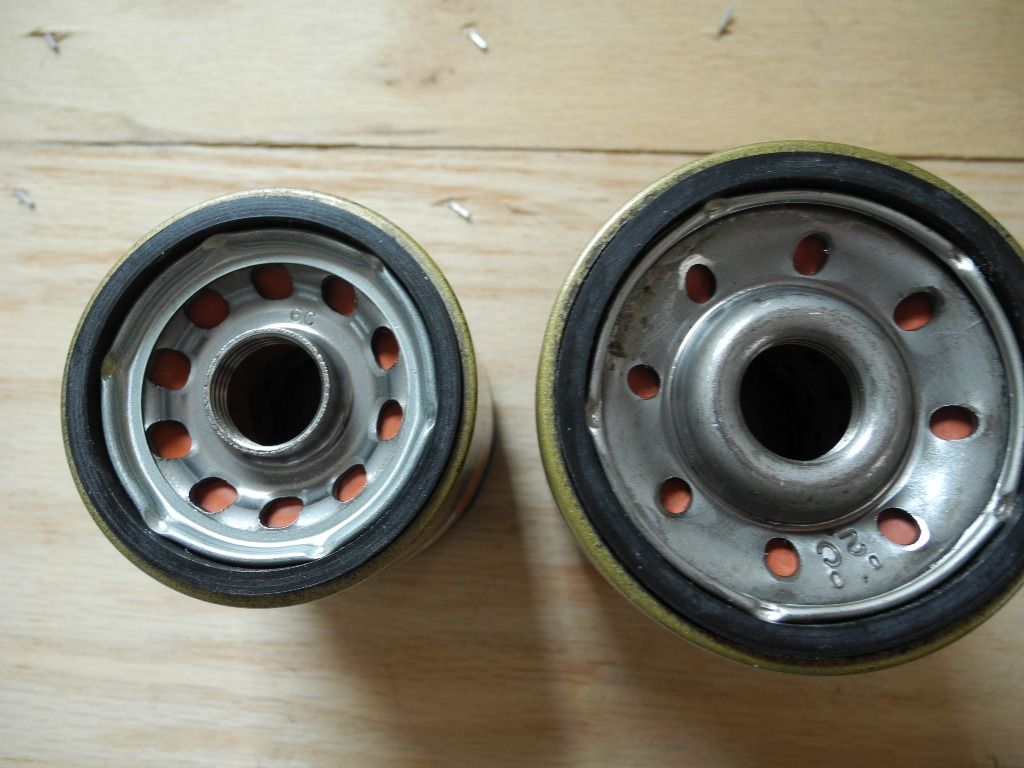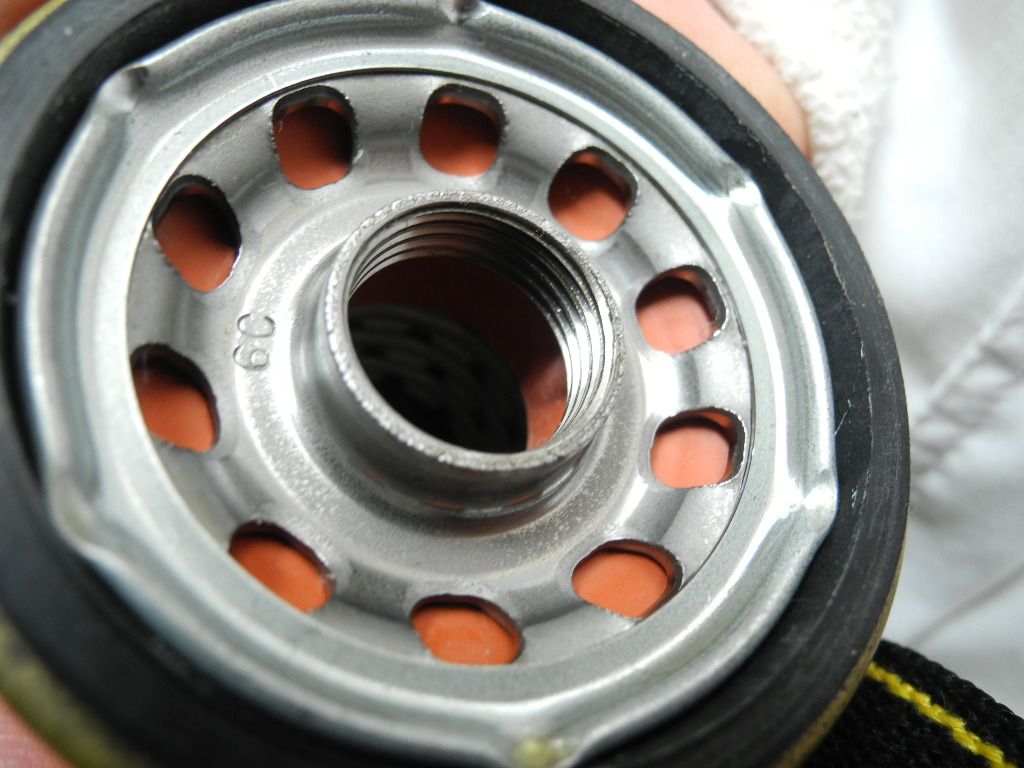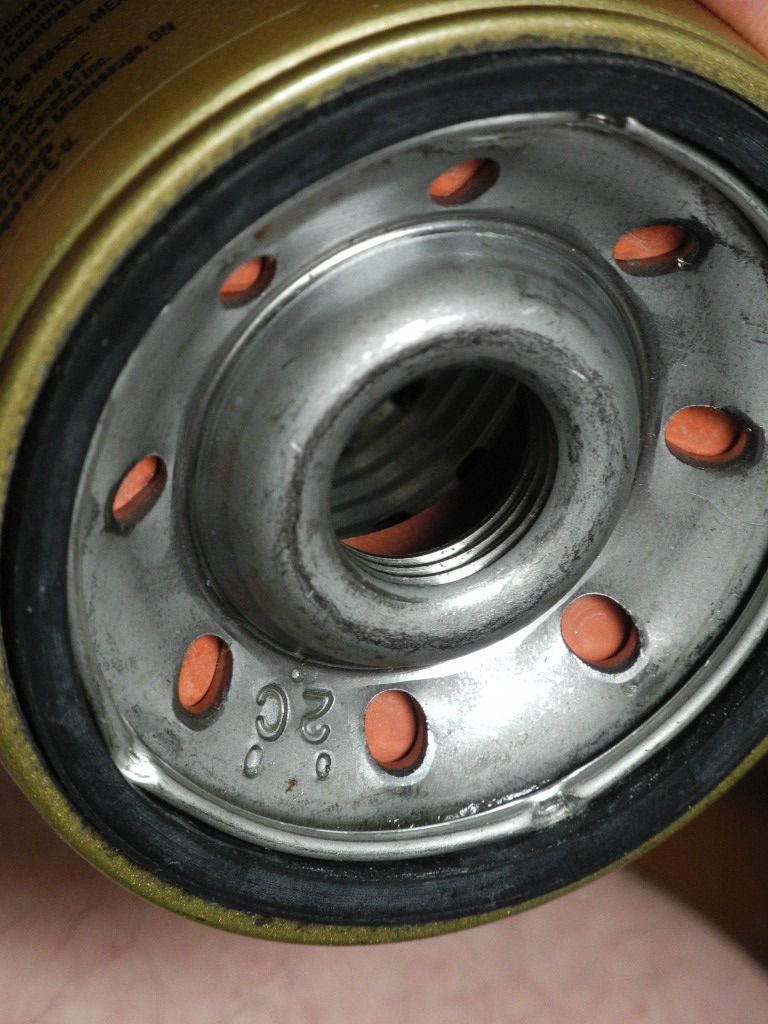I was looking at a fram ultra xg7317 oil filter and noticed it has 10 very large oil holes while the xg2 only has i believe eight very small holes.. I was just wondering why the oil holes are so much bigger on the small 7317 than on the much larger xg2..
I also want to comment on the fram ultra build quality... It looks like it is built very very well, of course i won't know for sure until i cut it open but from my eyes it looks great.. I was looking hard for a flaw and i could not detect any. I wish fram would list the flow rates on their filters like wix does that would make me feel a lot better about the ultra filters.. There must be a reason why fram does not list the flow rates of their filters. i am comparing build quality by eye only with a napa gold and i have to say the fram ultra seems superior of course the fram is more expensive.
I also want to comment on the fram ultra build quality... It looks like it is built very very well, of course i won't know for sure until i cut it open but from my eyes it looks great.. I was looking hard for a flaw and i could not detect any. I wish fram would list the flow rates on their filters like wix does that would make me feel a lot better about the ultra filters.. There must be a reason why fram does not list the flow rates of their filters. i am comparing build quality by eye only with a napa gold and i have to say the fram ultra seems superior of course the fram is more expensive.




